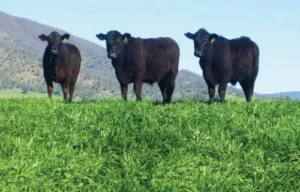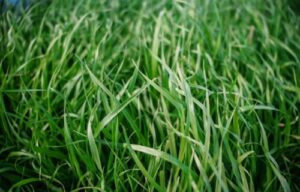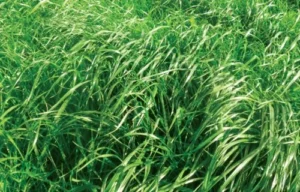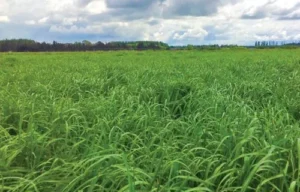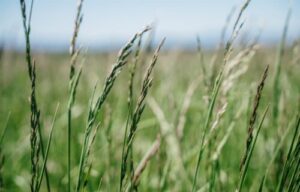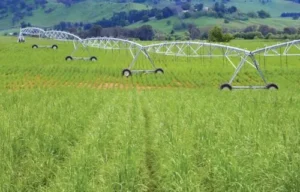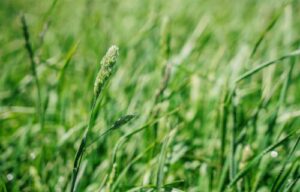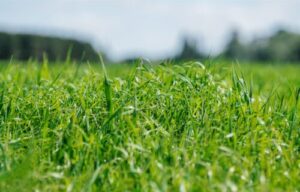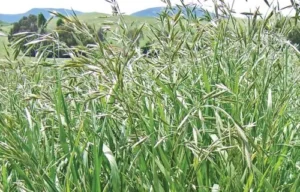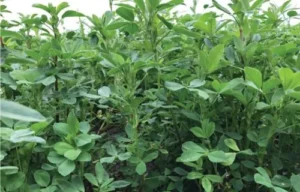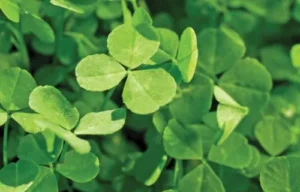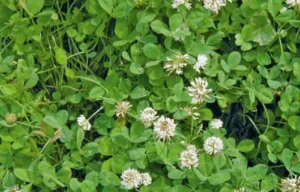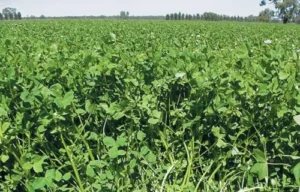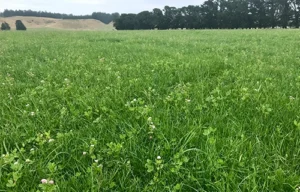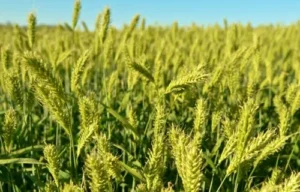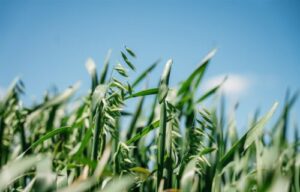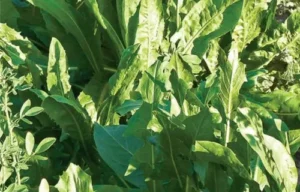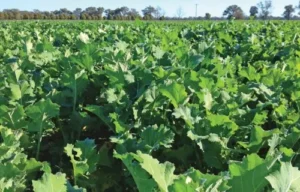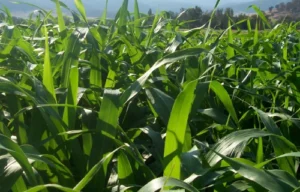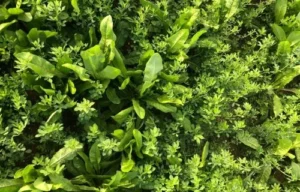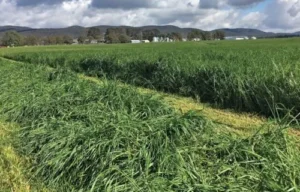Pastoral
Summer Active Fescue
Pastoral is a soft-leaf, persistent, summer-active fescue bred to withstand the harsh Australian climate.


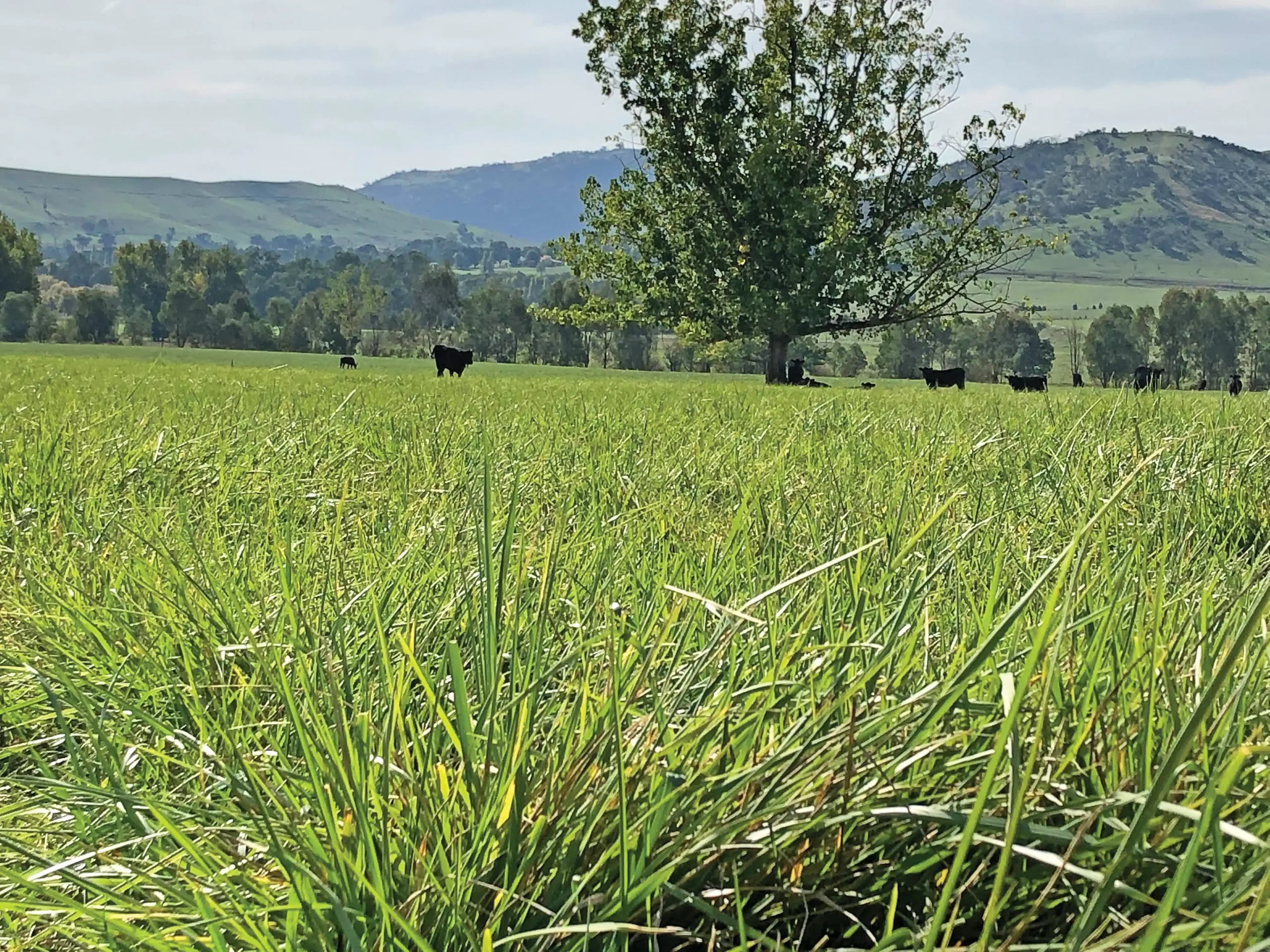
Scientific Name

Festuca arundinacea
Sowing Rate

15 – 25 kg/ha
Blend Rate

4 – 10 kg/ha
Seed Size

404,000 seeds per kg
Source: Pasture varieties used in NSW 2006-2007, Bev Zurbo, 2006
Activity

Summer
Pastoral is a summer-active, early flowering variety. Temperate types exhibit spring/summer activity with some slow growth in winter, they do not frost off as easily as cocksfoot and phalaris.
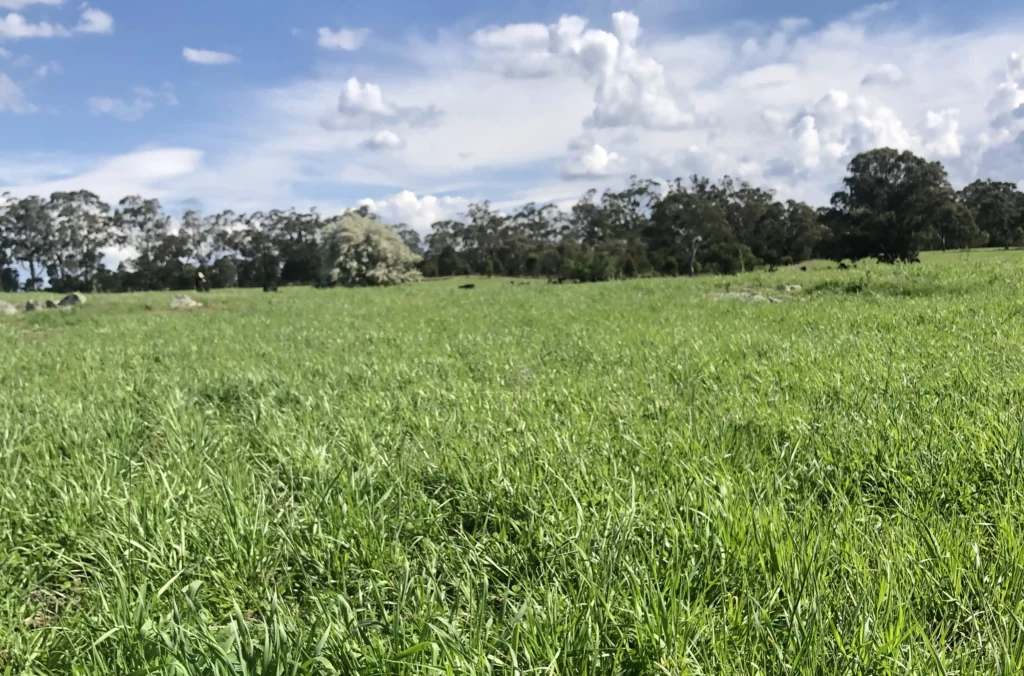
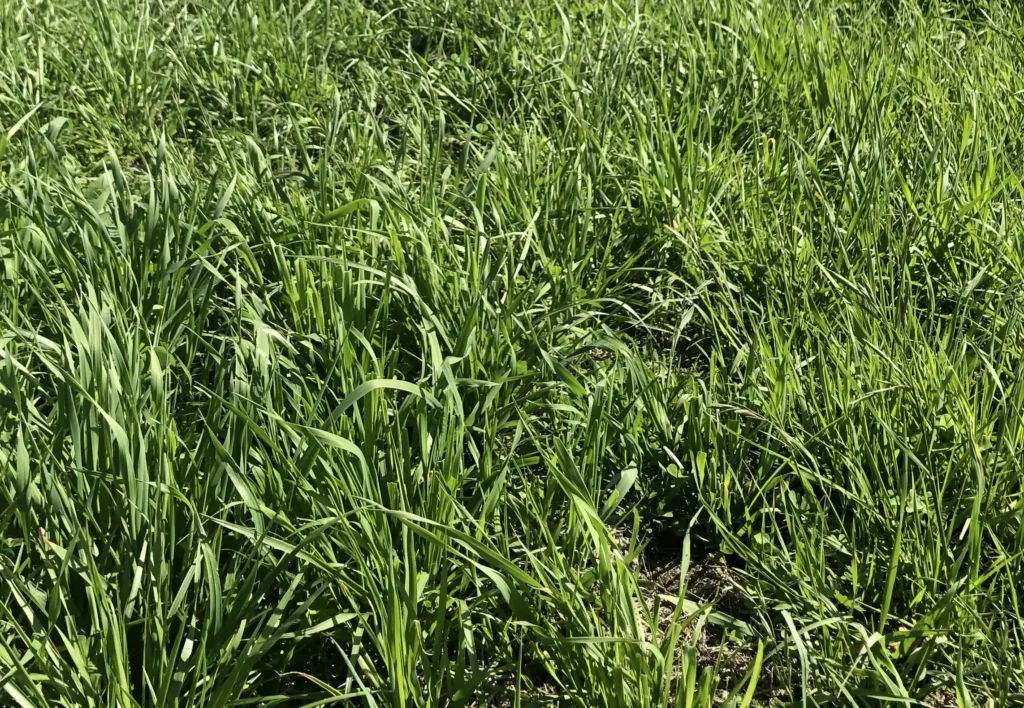
Key Features
Bred from the most persistent plants of a summer-active fescue trial
Improved palatability over traditional fescues
Responds really well to summer rainfall
Extremely drought tolerant
Plant Characteristics
Temperate type
Perennial tussock-forming grass with deep root system
Where can I grow it?
Suited to high rainfall zones
Better heat tolerance than perennial ryegrass
Ideal for heavy soils
Frequently Asked Questions
Soil Type
Pastoral is suited to a wide range of soil types but best adapted to medium-fine textured soils. Will cope and produce in poorly drained conditions and waterlogging.
Fertility
Good base rates of phosphorus are necessary for maximum DM production especially during establishment phase. DM production is directly related to nitrogen availability. Consult your UMS agronomist or fertiliser advisor for nitrogen application rates.
Sowing
Tall fescue should be sown at approximately 15 – 25kg/ha on its own or 4-10kg/ha in a perennial blend. Sow into a weed-free seed bed at roughly 1-1.5cm depth. Rolling the seedbed after sowing will aid establishment. Fescues are best sown in autumn, because growth will be slow at soil temperatures below 12˚C.
Avoid sowing fescue with ryegrass, as fescue has poor seedling vigour while ryegrass is very competitive and has the potential to crowd out the fescue seedlings. Fescue is commonly sown with phalaris or cocksfoot.
Disease and Pest Management
During emergence it is essential to monitor regularly for damage from insects such as RLEM and lucerne flea, and spray as required. Inspect during early stand life for populations of black-headed cockchafer and slugs. Contact your UMS agronomist for spray application rates.
Weed Control
Fescue is a slow establishing species so early weed control is crucial to long-term viability of the stand. Always use knockdown herbicide to ensure you are sowing into a clean seedbed. Monitor for post-emergent weeds and spray as required. Use options such as spray-grazing for broadleaf weeds once the stand is established.
Grazing
Pastoral fescue can be lightly grazed when plants resist pulling and the root system is well developed, this is typically in late winter or early spring. Fescue should be rotationally grazed to ensure the plant does not exceed 10-12cm, which will maximise tillering and encourage active leaf growth.
Feed Quality
Pastoral will provide nutritious
and palatable feed throughout spring and summer.
Animal Health
To optimise livestock weight gain and health, ensure livestock are vaccinated and drenched. To prevent nutritional problems, make gradual diet changes when introducing hungry stock to lush pastures. An animal health problem known as ‘fescue foot’ has been reported in cattle grazing fescue-dominant pastures but it is a very rare condition. Pastoral does not contain wild or novel endophytes.

